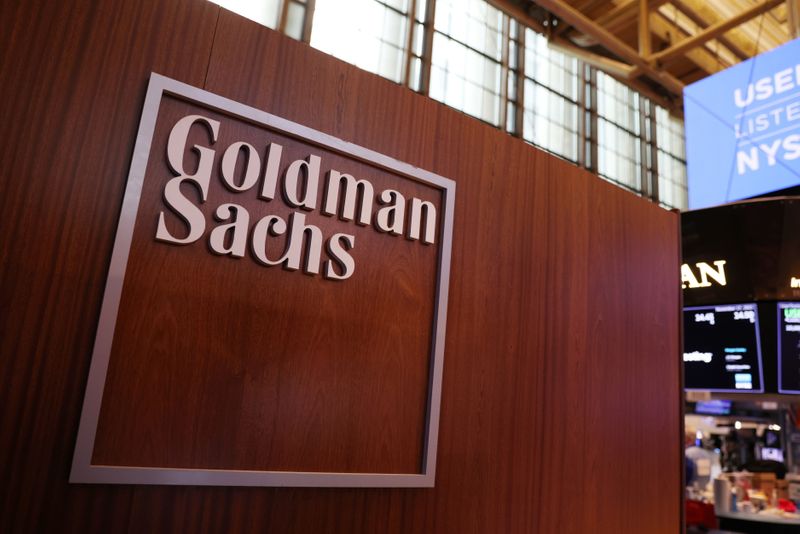Remote Work Could Save Firms $206 Billion and Ease Pressure on the Fed
2022.06.24 17:46

Remote Work Could Save Firms $206 Billion and Ease Pressure on the Fed
(Bloomberg) — The rise of remote work could make the Federal Reserve’s task of taming inflation a bit easier, while saving employers more than $200 billion, according to new research.
That’s because workers are willing to accept smaller pay increases for the convenience of working from home. In turn, that helps moderate business costs and slow what economists call the wage-price spiral — when companies pass higher expenses on to consumers in the form of higher prices.
About 4 in 10 firms said they’ve expanded opportunities to work remotely to lessen pressure on their labor budget over the past year, and a similar number expect to do so over the next 12 months, according to a working paper from the University of Chicago. The authors found it would reduce wage growth by 2 percentage points over two years.
“This moderating influence lessens pressures and (modestly) eases the challenge facing monetary policy makers in their efforts to bring inflation down without stalling the economy,” the authors wrote. They include Stanford University’s Nicholas Bloom, the University of Chicago Booth School’s Steven Davis, and Brent Meyer, an economist at the Federal Reserve Bank of Atlanta.
The 2 percentage-point labor savings for employers translates to $206 billion, according to a separate analysis conducted by Davis. That’s based on the $10.3 trillion in total wages and salaries paid to US employees in 2021, according to figures from the Bureau of Economic Analysis.
Inflation Pressures
Fed Chair Jerome Powell said during June 22 congressional hearings that officials “anticipate that ongoing rate increases will be appropriate” to cool the hottest price pressures in 40 years. Steep interest-rate hikes potentially could tip the US economy into recession, he said, and managing a so-called soft landing would be “very challenging.”
The authors made clear that their analysis is not “grounds for complacency” about near-term inflation pressures. “Our evidence says only that the challenge is somewhat less daunting than suggested” by some economists, they wrote.
“The key thing is the reduction on inflation, which is a huge issue for Jerome Powell and setting interest rates,” Bloom said via email.
Remote Work
The analysis could provide some macroeconomic support for remote-work advocates, who also cite previous research from Bloom and other academics that have found the practice can improve job satisfaction and even lower quit rates without harming productivity. In earlier research, Bloom found that US workers would be willing to take a 6% pay cut to work from home two three days a week.
On the other side, those pushing for workers to get back to the office often claim that collaboration and innovation can suffer if workers aren’t together enough.
The debate is playing out everywhere from Silicon Valley to Wall Street. Tesla (NASDAQ:TSLA) Inc. Chief Executive Officer Elon Musk has told his employees to get back to their desks or find work elsewhere, which unnerved employees at Twitter Inc (NYSE:TWTR)., the remote-friendly company Musk wants to acquire. Apple Inc (NASDAQ:AAPL). just backed away from a plan to have workers in three days a week after some staff complained. Goldman Sachs Group Inc (NYSE:GS). CEO David Solomon has called remote work an “aberration,” while JPMorgan Chase & Co. (NYSE:JPM) chief Jaime Dimon has said it’s no substitute for in-person collaboration and idea generation.
The combined impact of higher borrowing costs and so-called quantitative tightening is expected to come at some cost to jobs. Unemployment was near a 50-year low at 3.6% last month, but wage growth has not kept pace with inflation.
With fears of a recession mounting and employers starting to resort to hiring freezes or even layoffs, there’s a growing sense that employees might need to get back to the office more often to stay in the good graces of their bosses. Still, demand for remote work remains strong: FlexJobs, a job site focused on flexible work arrangements, attracted more than 3 million visits in May, an increase of 18% compared with the same month last year, according to researcher Similarweb (NYSE:SMWB).
Along with the moderating impact on wage growth, remote work can reduce labor costs in other ways, the paper also found, in part by leading to more use of part-time employees and independent contractors.
©2022 Bloomberg L.P.








